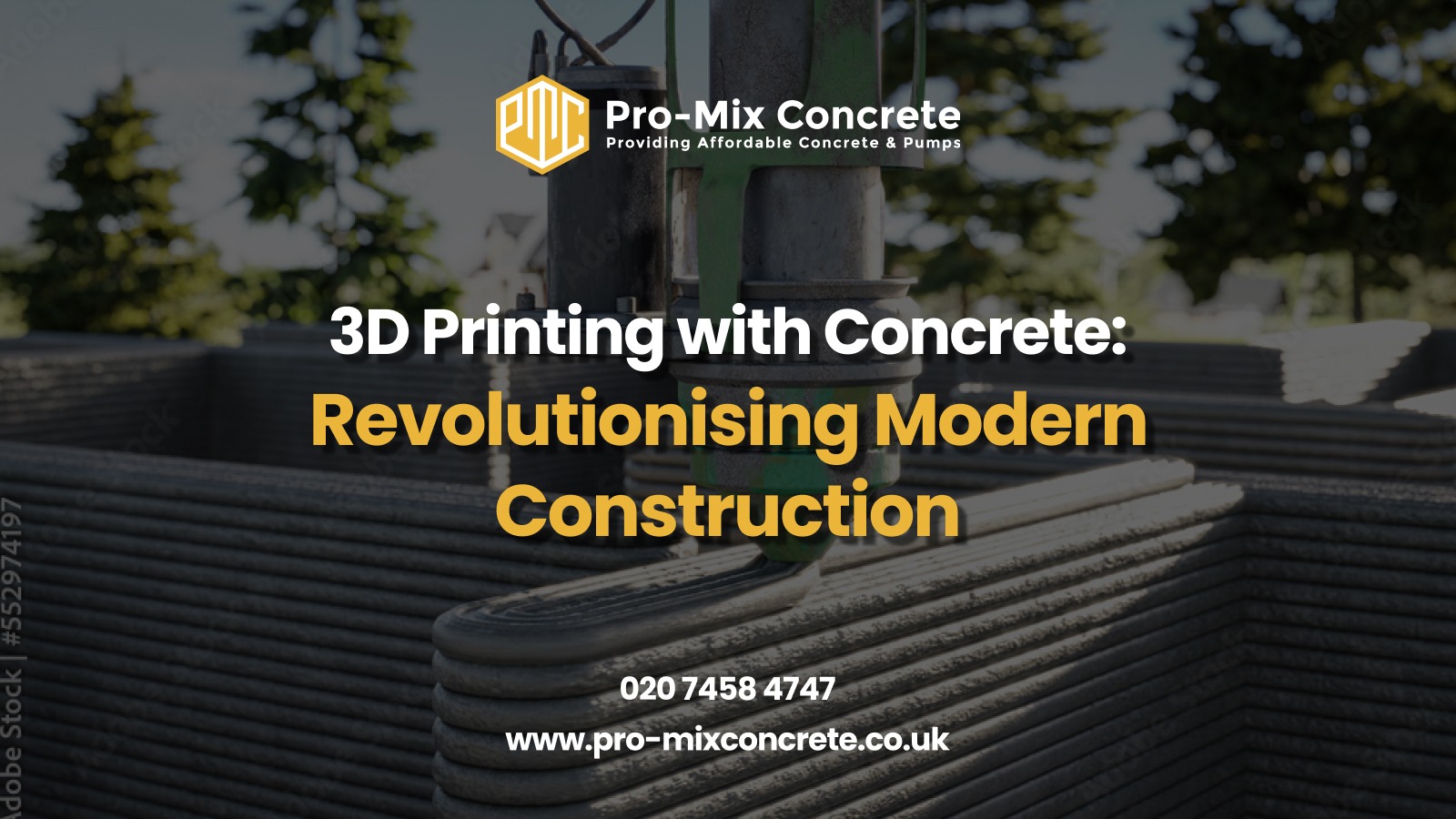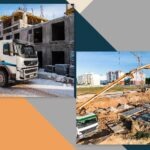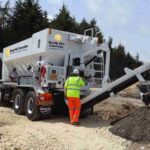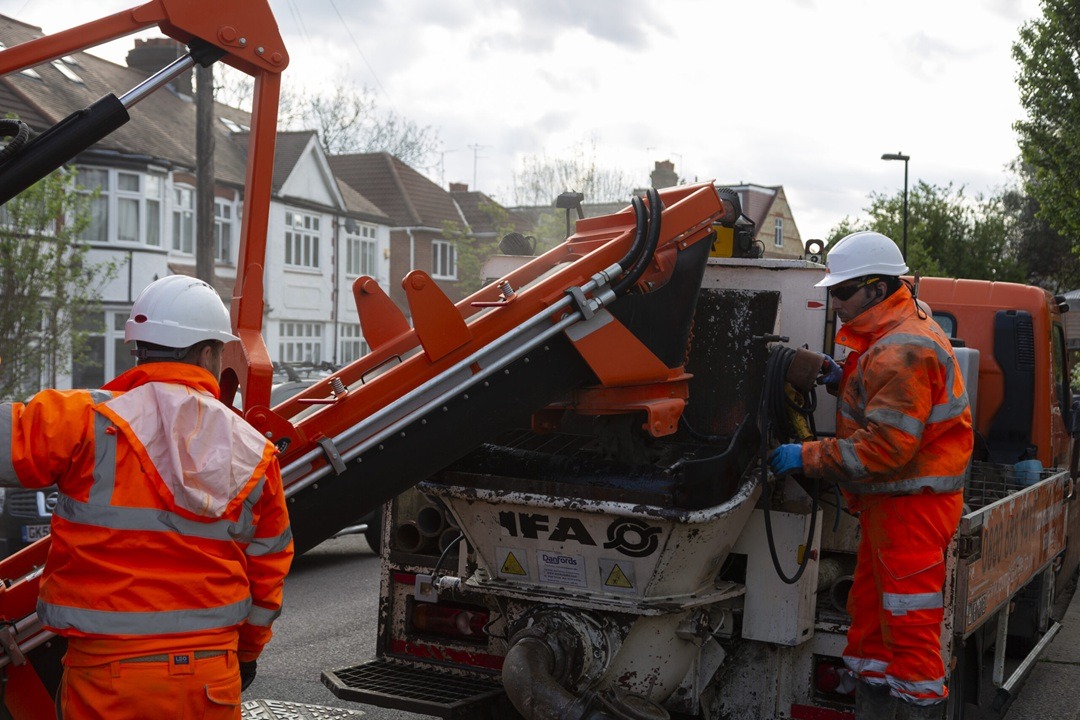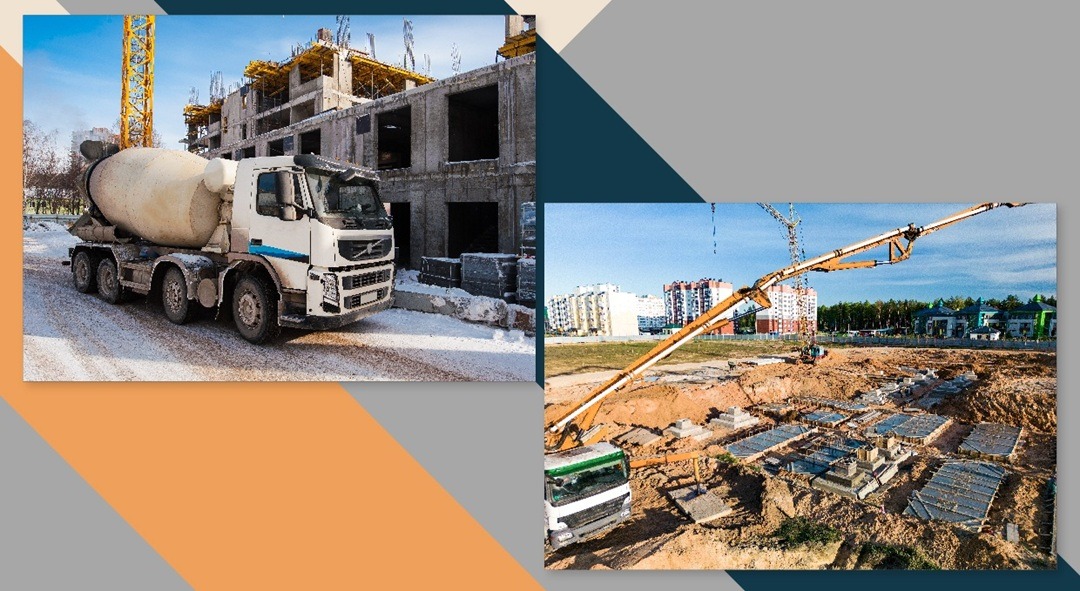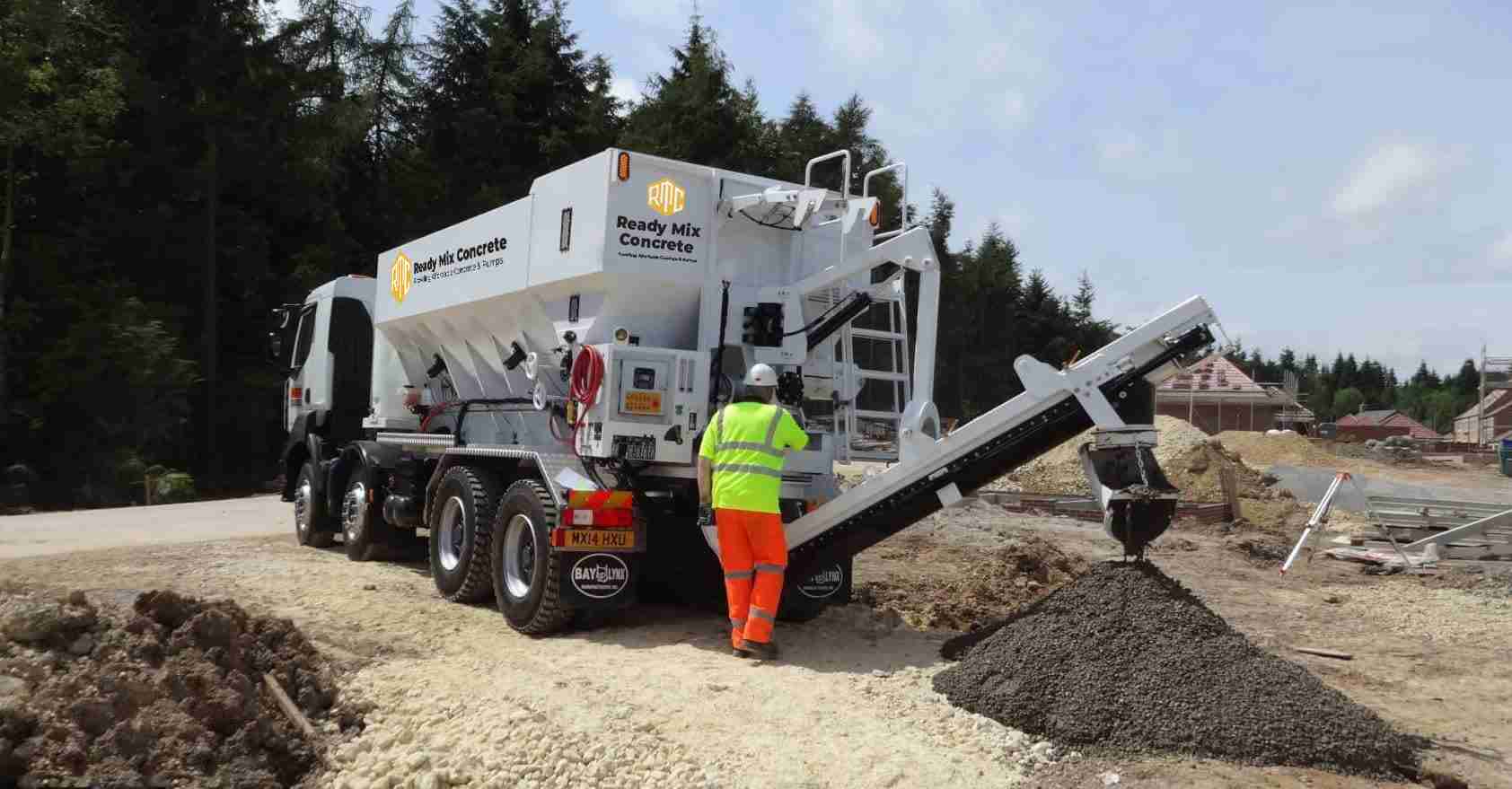Construction technology stands at a pivotal moment. Traditional building methods that have served us for centuries are transforming through digital innovation, and 3D printing in concrete leads this evolution. This advancement brings unprecedented changes to how we plan, design, and execute construction projects.
The construction industry faces persistent challenges: mounting project delays, rising labour costs, and increasing pressure for sustainable building practices. 3D concrete printing technology addresses these issues head-on by introducing automation and precision to the building process. This technology enables the creation of structures through computer-controlled layering of concrete material, offering new possibilities for construction efficiency and 3D concrete design innovation.
Keys to Successful 3D Concrete Implementation
Selecting the right technique depends on project requirements and available resources. Advanced 3D concrete design expertise is essential for achieving optimal results. Success factors include:
- Project scale assessment
- Timeline management
- Budget optimisation
- Quality control implementation
Modern quality control systems ensure every project meets rigorous construction standards, positioning companies that master these techniques at the forefront of industry innovation.
3 Best 3D Concrete Printing Techniques
Construction professionals need innovative solutions that deliver results. Today’s 3D concrete printing methods offer proven advantages for modern construction projects, transforming how teams approach building design and execution.
1. Binder Jetting: Speed Meets Precision
Binder jetting technology revolutionises construction through its innovative liquid binding system. Instead of conventional methods, this technique sprays binding agents onto cement powder, delivering rapid solidification and superior finish quality. Construction teams value this method for complex projects where precision directly impacts success. It has shown promising results in creating 3D concrete floor designs that combine aesthetic appeal with structural integrity.
2. Robotic Shotcrete: Advanced Control
Modern concrete line pump hire services now include cutting-edge robotic systems that transform project execution. Through robotic shotcrete, construction teams achieve unprecedented control over concrete application, ensuring consistent quality while enhancing site safety and efficiency.
Critical Benefits of Robotic Systems:
- Precision material distribution
- Enhanced worker safety
- Faster project completion
- Reduced material waste
3. Layered Material Extrusion: Proven Excellence
As the industry standard, layered material extrusion continues to dominate 3D printing in concrete applications. This method creates structures through precise paste application, offering the versatility and reliability construction teams need for successful project completion.
Why Are Companies Adopting 3D Concrete Design?
In today’s competitive construction landscape, businesses can’t afford to ignore technological advances that slash costs and boost efficiency. 3D concrete printing delivers measurable advantages that directly impact your bottom line.
1. Time is Money:
Traditional construction can’t keep pace with today’s demands. 3D printing technology transforms timelines dramatically.
- Projects are completed in days instead of months
- Up to 70% reduction in construction timelines
- Immediate resource reallocation to other projects
- Faster return on investment
Modern concrete line pump services with 3D printing capabilities multiply these efficiency gains. Construction teams report transformed resource management and dramatically improved client satisfaction through accelerated project delivery.
2. Cost Efficiency That Makes Sense
Smart construction businesses understand that initial technology investments must deliver long-term returns. 3D concrete printing delivers:
- 30% reduction in material waste
- Significant labour cost savings
- Lower equipment maintenance expenses
- Reduced project timeline costs
3. Design Freedom Meets Practical Implementation
Construction companies now tackle projects that were previously impractical or impossible. Modern 3D printing technology handles complex architectural designs without compromising structural integrity. This capability opens new revenue streams and market opportunities for forward-thinking businesses. From intricate wall textures to stunning 3D concrete floor designs that revolutionise interior spaces, the creative possibilities are virtually limitless.
4. Sustainability
Environmental responsibility isn’t just good practice – it’s good business. 3D concrete printing reduces environmental impact through:
- Optimised material usage
- Lower energy consumption
- Reduced transportation needs
- Minimal site waste
5. Real Business Impact
Leading construction companies report significant improvements in project delivery and client satisfaction after implementing 3D printing technology. The data shows improved bid success rates, higher profit margins, and stronger market positioning.
Construction businesses that embrace this technology don’t just survive – they thrive. With reduced operational costs, faster project completion, and enhanced capability to handle complex designs, 3D concrete printing technology delivers competitive advantages that directly impact business growth. The integration of 3D concrete design principles allows companies to differentiate themselves in a crowded marketplace.
Revolutionise Your Projects with Pro-Mix’s 3D Concrete Innovation!
Partner with Pro-Mix Concrete for excellence in modern construction solutions. Our premium concrete line pump services now include innovative 3D printing capabilities, backed by decades of concrete expertise. When you need reliable concrete solutions that meet tomorrow’s construction challenges, Pro-Mix Concrete delivers results you can build on.
Your construction challenges deserve more than conventional solutions. They demand innovation that’s grounded in proven expertise. So, connect with our representatives and build beyond boundaries.
Frequently Asked Questions
It’s a construction method that builds structures layer by layer using a computer-controlled system. Concrete is extruded through a nozzle, allowing for precise and automated construction.
It speeds up construction, reduces material waste, lowers labour costs, and allows for complex designs. It’s also more sustainable due to optimised resource usage
Yes, when designed properly. Advanced concrete mixes and reinforcement techniques ensure durability and structural integrity.
Yes, though it’s more common in residential and commercial builds. As technology advances, it’s becoming viable for larger infrastructure projects.
- Dennis Broderick
- Dennis Broderick is the founder and owner of Pro-Mix Concrete Company, a trusted name in ready-mix concrete solutions across the UK. With over 20 years of hands-on experience in the construction and concrete industry, Dennis brings unmatched expertise, practical insights, and a commitment to quality on every project - from residential driveways to large-scale commercial developments.
BlogOctober 30, 2025Same-Day and Next-Day Delivery Options from London Concrete Suppliers
BlogOctober 28, 2025Line Pump Hire vs. Boom Pump Hire Prices in London
BlogOctober 25, 2025How Quickly Concrete Must Be Used Once Delivered In London Traffic
BlogOctober 23, 2025How To Get The Best Value When Hiring A Concrete Pump For A Small Domestic Job?
